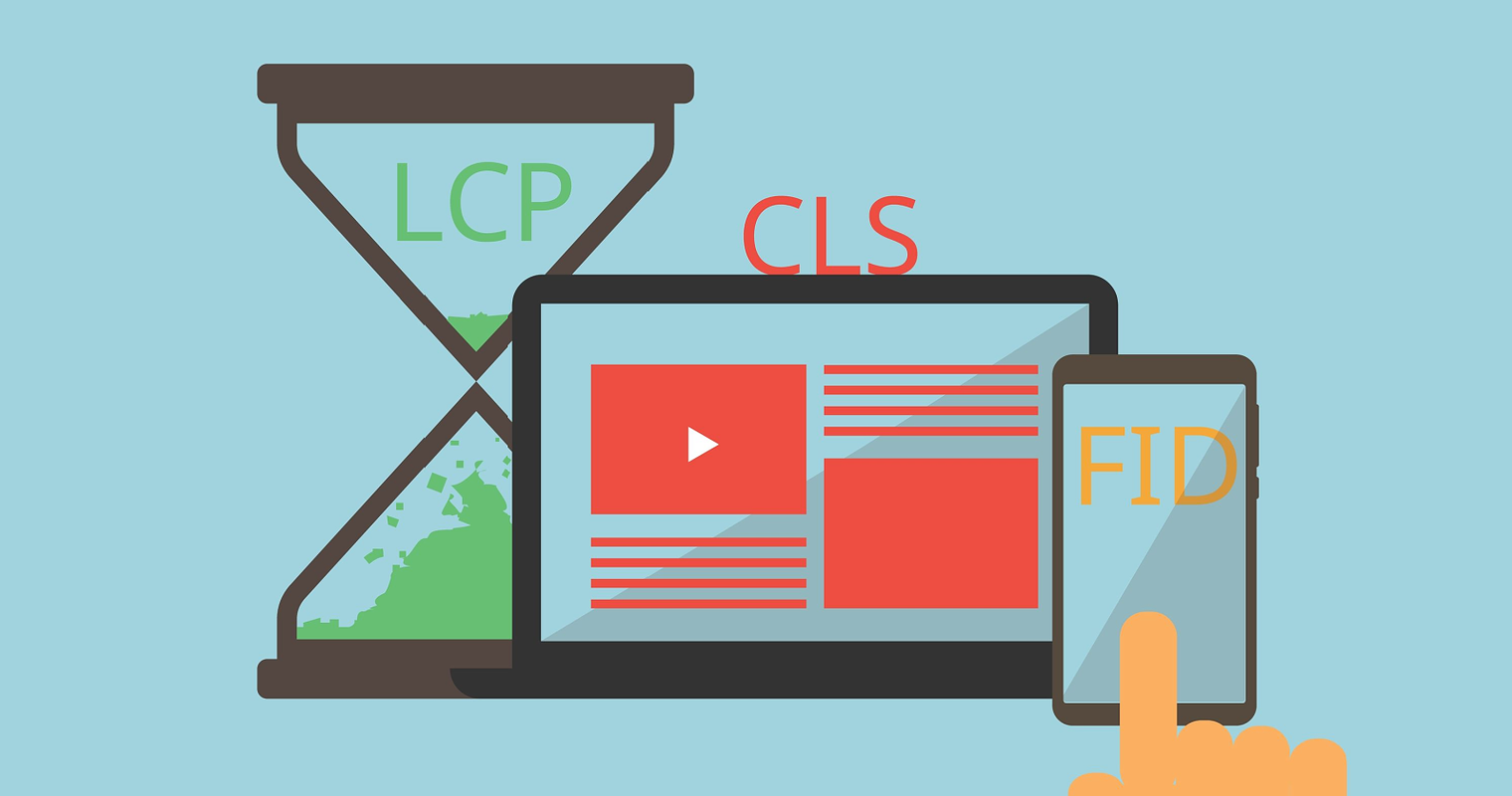In today's digital landscape, having a well-performing website is crucial for businesses and online publishers. It not only enhances user experience but also plays a significant role in search engine optimization (SEO). Google, being the most popular search engine, has introduced Core Web Vitals as a set of metrics that measure key aspects of website performance. Understanding and optimizing these metrics can greatly improve your website's performance and enhance its visibility in search results. In this article, we will delve into the concept of Core Web Vitals and explore how they can positively impact your website's performance and SEO.
What are Core Web Vitals?
Core Web Vitals are a set of specific metrics developed by Google to measure the overall user experience provided by a website. They focus on three key aspects: loading, interactivity, and visual stability. These metrics include Largest Contentful Paint (LCP), First Input Delay (FID), and Cumulative Layout Shift (CLS), respectively. Each of these metrics addresses a different aspect of website performance and provides insights into how users perceive and interact with web pages.
Largest Contentful Paint (LCP)
Largest Contentful Paint (LCP) measures the time taken for the largest content element in the viewport to become visible to the user. It indicates how quickly the main content of a page loads and is a crucial metric for evaluating loading performance. To improve LCP, optimize your website by minimizing server response times, optimizing images and videos, and leveraging browser caching techniques.
First Input Delay (FID)
First Input Delay (FID) measures the time it takes for a webpage to respond to the first user interaction, such as clicking a button or selecting a menu item. It gauges the interactivity and responsiveness of a website. To enhance FID, focus on optimizing JavaScript execution, reducing render-blocking resources, and optimizing third-party scripts.
Cumulative Layout Shift (CLS)
Cumulative Layout Shift (CLS) quantifies the visual stability of a webpage during the loading process. It measures the extent of unexpected layout shifts that occur, potentially causing user frustration. To minimize CLS, ensure that elements on your page have predefined sizes, avoid inserting content dynamically above existing content, and reserve space for ads and embedded media.
The Importance of Core Web Vitals for SEO
Google has made it clear that Core Web Vitals will play a significant role in determining a website's ranking in search results. By focusing on these metrics, website owners and developers can improve user experience, reduce bounce rates, and increase user engagement. A website that provides a fast, responsive, and visually stable experience is more likely to be favored by search engines and receive higher rankings, leading to increased organic traffic and visibility.
Optimizing Core Web Vitals
Optimizing Core Web Vitals requires a combination of technical improvements and best practices. Here are a few strategies to consider:
Optimize Server Response Times
Ensure that your web server responds quickly to user requests by minimizing network latency, optimizing database queries, and leveraging caching mechanisms.
Compress and Optimize Media
Compress images and videos to reduce their file size without compromising quality. Use appropriate formats and resolutions and consider lazy loading techniques to defer the loading of non-essential media until it becomes visible to the user.
Prioritize Above-the-Fold Content
Make sure the most important content of your web page is loaded and visible to users as quickly as possible. This improves the perception of loading speed and enhances user engagement.
Minimize JavaScript Execution
Optimize your JavaScript code by removing unnecessary scripts, reducing the size of scripts, and deferring non-critical scripts. This helps improve the responsiveness of your website and reduces the delay in user interactions.
Eliminate Render-Blocking Resources
Identify and eliminate render-blocking resources such as CSS and JavaScript files that delay the rendering of the page content. Utilize techniques like asynchronous loading, deferred loading, or inline critical CSS to ensure faster rendering and improved interactivity.
Test and Monitor
Regularly test your website's performance using tools like Google's PageSpeed Insights, Lighthouse, or WebPageTest. Monitor your Core Web Vitals scores and identify areas for improvement. Make iterative changes and track the impact on your website's performance and user experience.
Conclusion
Understanding and optimizing Google's Core Web Vitals is essential for improving website performance and SEO. By focusing on metrics like LCP, FID, and CLS, you can enhance user experience, reduce bounce rates, and increase organic visibility in search results. Implementing optimization strategies such as optimizing server response times, compressing media, prioritizing above-the-fold content, minimizing JavaScript execution, and eliminating render-blocking resources will contribute to better Core Web Vitals scores and overall website performance. Stay proactive in monitoring and improving these metrics to ensure your website provides a fast, interactive, and visually stable experience for your users.
